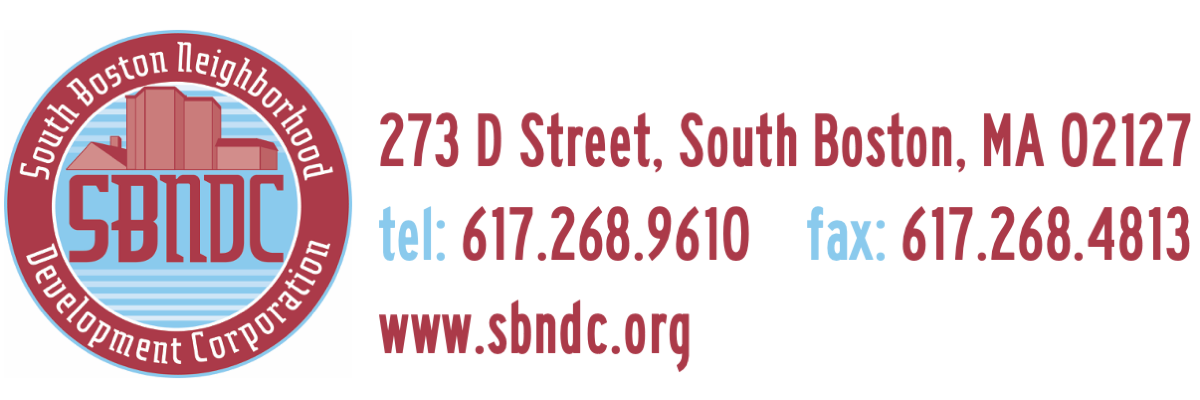The Edge: Affordable Senior Housing for a Gentrifying Boston Neighborhood
The Edge is the online magazine of the U.S. Department of Housing and Urban Development's Office of Policy Development and Research (PD&R).
The South Boston neighborhood, located a few miles from downtown Boston, is well known as a working-class area and home to a large community of Irish immigrants and their descendants. The neighborhood also has experienced significant levels of gentrification and displacement over the past two decades. To provide longtime area residents with an affordable housing option in their community, the South Boston Neighborhood Development Corporation (South Boston NDC) opened O’Connor Way in summer 2021, providing 46 one-bedroom apartments affordable to seniors aged 62 and above who earn no more than 60 percent of the area median income (AMI). The project is notable for the way South Boston NDC leveraged existing affordable housing assets, policies, and other local resources to overcome gentrification- and pandemic-related challenges and open O’Connor Way.
A home for local seniors
Of the 46 units at O’Connor Way, 12 units rent to households earning 30 percent of AMI, and 5 of those units are set aside for households experiencing or at risk of experiencing homelessness. Three units are designated as accessible. The building includes a manager’s unit and office, a community room, and shared laundry.
Affordability has become an increasingly important concern in South Boston. Since 2000, the number of seniors in the neighborhood living below the federal poverty level has risen. Meanwhile, the neighborhood’s population has increased by 33 percent, driven primarily by inmigration, while the median household income increased by 131 percent — the largest such shift among all Boston neighborhoods. Fueling this demographic shift is an influx of younger, highly educated residents: in 2000, 28.2 percent of South Boston residents aged 25 and older had attained a bachelor’s degree or higher and the median age of neighborhood residents was 34.6. Later, the 2015–2019 American Community Survey found that 65.7 percent of the neighborhood’s population aged 25 and older had attained a bachelor’s degree or higher, and the median age had decreased to 31.9 years old.
The building’s community room serves as a venue for socializing and for programming. Photo credit: Joel Howe
To aid affordability for residents of O’Connor Way — many of whom, according to South Boston NDC executive director Donna Brown, are longtime South Boston residents — the Boston Housing Authority granted O’Connor Way 22 project-based vouchers, ensuring that recipient households will pay no more than 30 percent of their income toward rent. Brown says that one challenge of operating affordable senior housing is that residents’ incomes tend to decline as they retire, work fewer hours, or spend down their savings. At the same time, says Brown, reducing rent isn’t always an option — especially when the project carries a mortgage, as O’Connor Way does. The vouchers provide stability to both residents and the developer.

